Discovering Delhi: A Cultural Odyssey
Embark on a captivating journey through Delhi's rich heritage and vibrant culture on this free walking tour, exploring iconic landmarks and hidden gems.
Time
3 Hours
Stops
6 Places
Distance
6.5 km
Jantar Mantar
A fascinating 18th-century astronomical observatory, Jantar Mantar offers a glimpse into the scientific advancements of ancient India and sets the stage for our journey through Delhi's history.
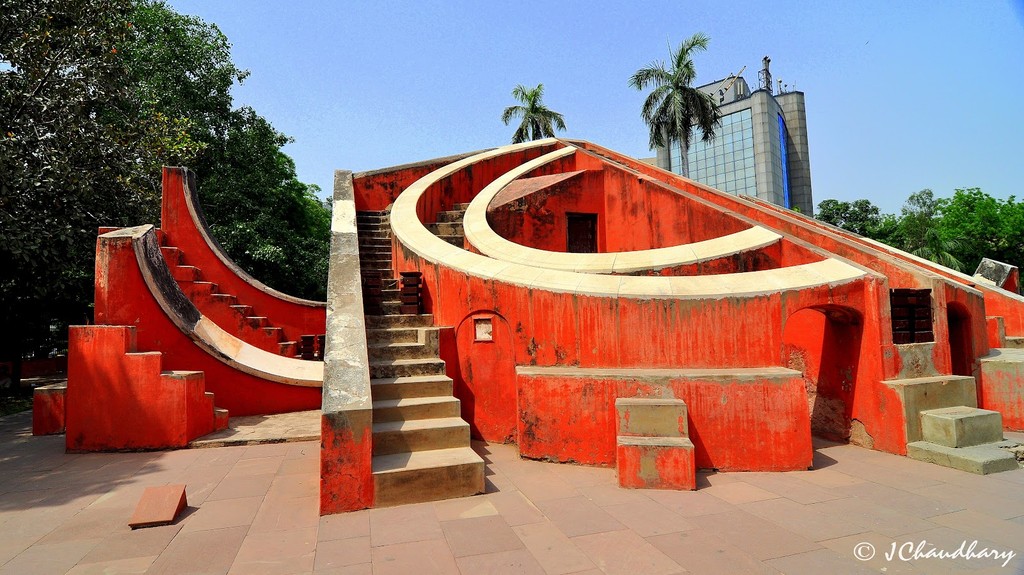
Jantar Mantar (Source: Google Maps)
Jantar Mantar, built in the 18th century by Maharaja Jai Singh II, is an astronomical observatory that showcases the scientific prowess of ancient India. It features a series of architectural astronomical instruments designed for observing celestial bodies. The most notable instrument is the Samrat Yantra, a massive sundial that accurately tells the time of day. Jantar Mantar is a UNESCO World Heritage Site and reflects the astronomical knowledge and traditions of Indian scholars. The observatory's unique structure and design not only served practical purposes but also symbolized the fusion of science and art during its time, making it a significant landmark in Delhi's history.
Gurudwara Bangla Sahib
This prominent Sikh temple is renowned for its spiritual ambiance and community kitchen, offering a chance to experience the rich religious diversity of Delhi.
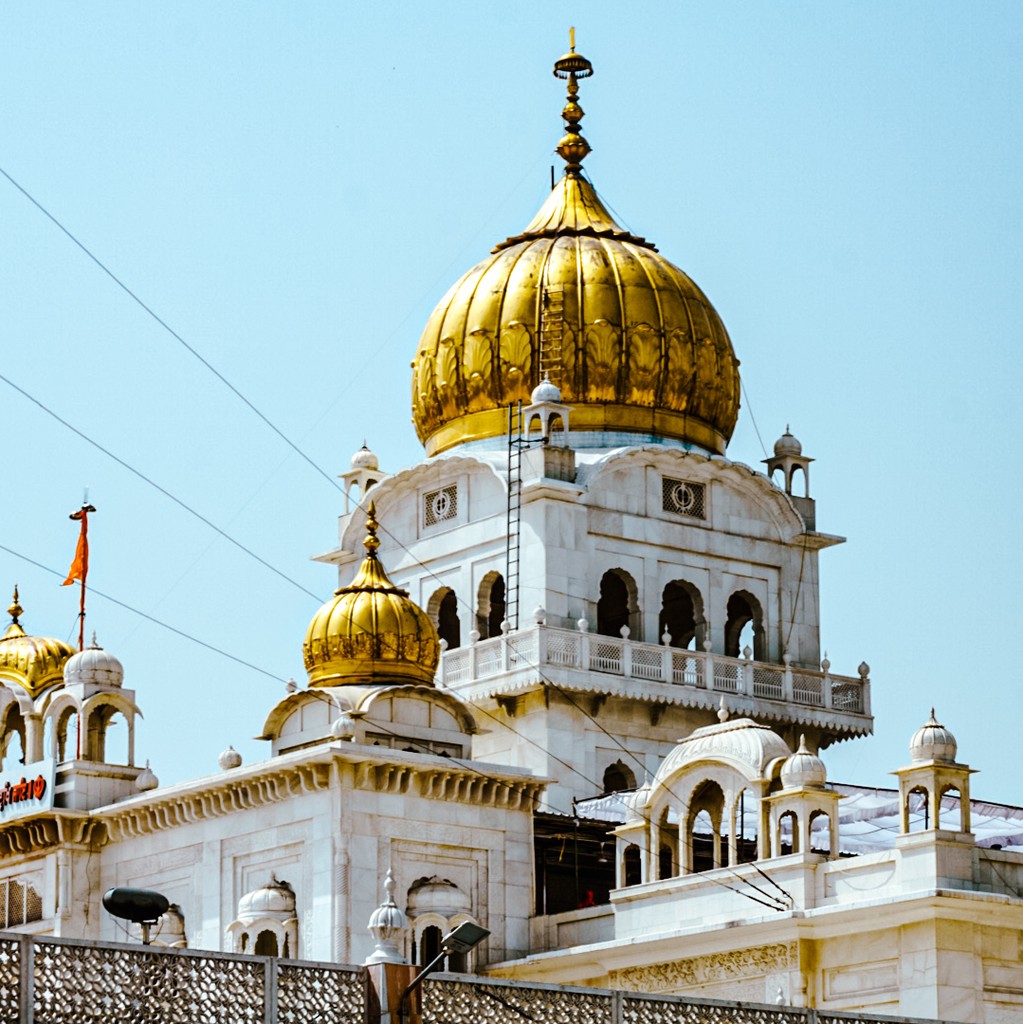
Gurudwara Bangla Sahib (Source: Google Maps)
Gurudwara Bangla Sahib is one of the most revered Sikh temples in Delhi, known for its stunning architecture and welcoming atmosphere. Originally a bungalow belonging to Raja Jai Singh, it was transformed into a gurudwara in the 18th century. The complex features a large golden dome and a beautiful sarovar (holy pond), where visitors can seek solace and peace. It is also famous for its langar (community kitchen) that serves free meals to thousands daily, reflecting the Sikh principle of equality and service. The gurudwara stands as a symbol of compassion, community, and the rich religious diversity that characterizes Delhi.
Rashtrapati Bhavan (View from outside)
The official residence of the President of India, Rashtrapati Bhavan is a stunning example of British colonial architecture and an essential stop on our tour of Delhi's governmental landmarks.
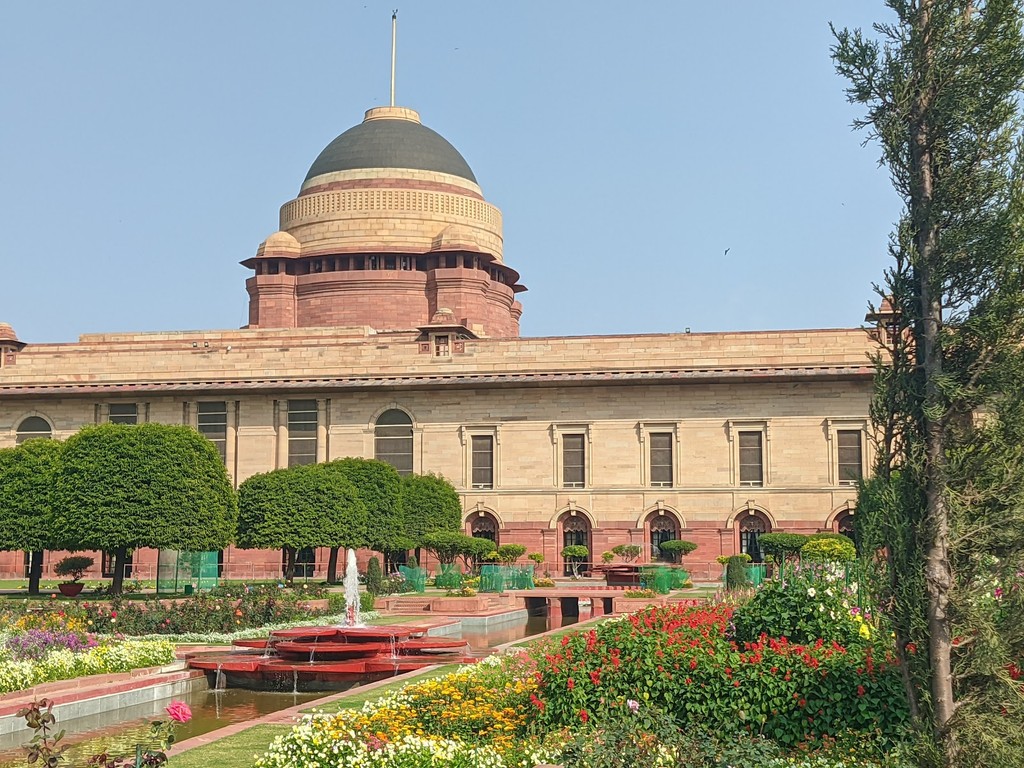
Rashtrapati Bhavan (View from outside) (Source: Google Maps)
Rashtrapati Bhavan, the official residence of the President of India, is an architectural marvel that exemplifies the grandeur of British colonial design. Completed in 1929, it features a blend of Mughal and European architectural styles, including its iconic dome and sprawling gardens. The vast estate encompasses 330 acres and includes the famous Mughal Gardens, which are open to the public during specific seasons. Rashtrapati Bhavan is not only a symbol of Indian democracy but also a testament to the historical evolution of the country, serving as a backdrop for various state functions and ceremonies. Its majestic façade and historical significance make it an essential part of Delhi's political landscape.
Sacred Heart Cathedral
One of the oldest church buildings in Delhi, the Sacred Heart Cathedral showcases beautiful Christian architecture and adds to the city's multicultural tapestry.
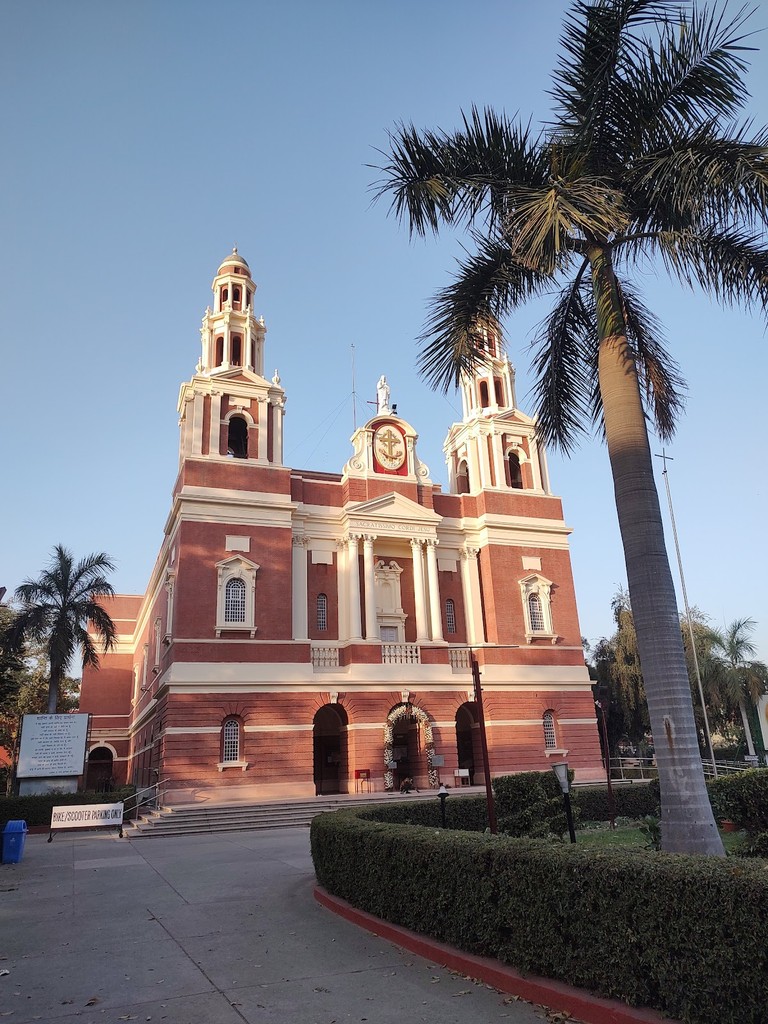
Sacred Heart Cathedral (Source: Google Maps)
Sacred Heart Cathedral is one of the oldest and most beautiful churches in Delhi, built in the 1930s. It showcases stunning neo-Gothic architecture, characterized by its tall spires, intricate stained glass windows, and serene ambiance. The cathedral serves as a significant place of worship for the Christian community in Delhi and is known for its peaceful atmosphere, making it a popular spot for reflection and prayer. The church's architecture is a blend of traditional and modern styles, and it plays a crucial role in the city’s cultural fabric, hosting various religious events and community gatherings throughout the year.
Hanuman Temple, Connaught Place
A famous and ancient Hindu temple dedicated to Lord Hanuman, this site is a vibrant example of Delhi's religious heritage and cultural traditions.
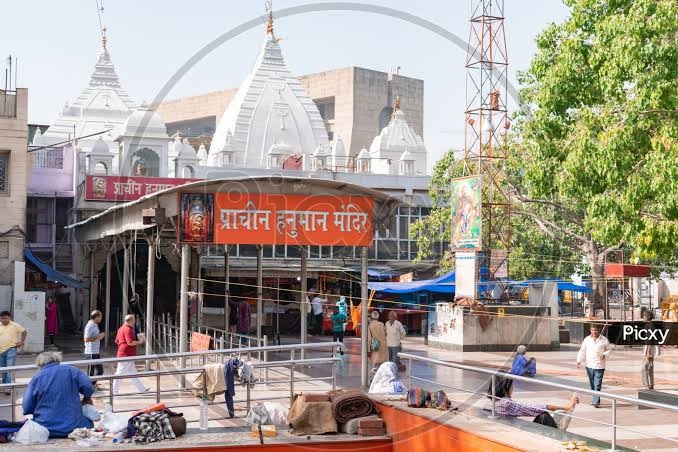
Hanuman Temple, Connaught Place (Source: Google Maps)
The Hanuman Temple in Connaught Place is one of the most famous and ancient temples dedicated to Lord Hanuman in Delhi. It is renowned for its vibrant atmosphere and spiritual significance. The temple, built in the 18th century, is a unique blend of traditional Hindu architecture and modern influences, attracting devotees and tourists alike. The temple's main idol of Lord Hanuman is adorned with flowers and offerings, symbolizing faith and devotion. The temple is particularly busy on Tuesdays and Saturdays, which are considered auspicious for worshipping Hanuman. It stands as a testament to Delhi's rich religious heritage and cultural diversity.
Janpath Market
Concluding our tour, Janpath Market offers a lively and colorful shopping experience with a variety of traditional Indian crafts and souvenirs, perfect for ending our cultural exploration of Delhi.
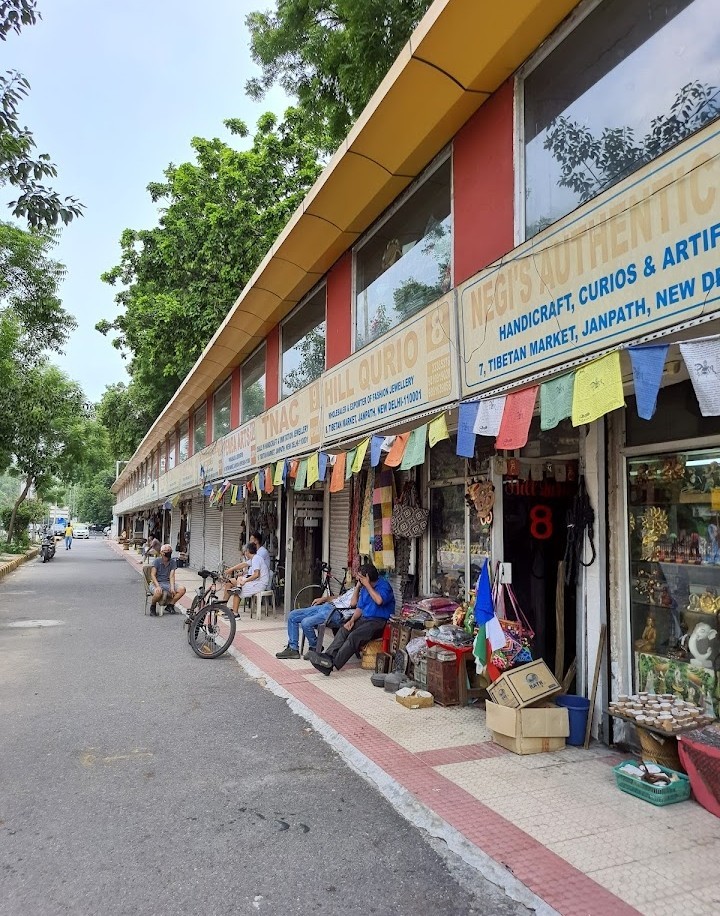
Janpath Market (Source: Google Maps)
Janpath Market is a bustling marketplace that serves as a vibrant conclusion to the tour. Known for its colorful stalls and lively atmosphere, the market offers a wide array of traditional Indian crafts, textiles, jewelry, and souvenirs. Visitors can immerse themselves in the local shopping experience, negotiating prices and exploring unique items that reflect the rich cultural heritage of India. The market is particularly famous for its handicrafts and street food, providing a taste of Delhi's culinary delights. Janpath Market is not just a shopping destination; it is a cultural hub where locals and tourists converge, making it an ideal place to end the exploration of Delhi's diverse traditions.

Your travels, your rules.
Create your own Free Walking Tours.
Set your preferences, distances and anything you want to do or see.
Completely free, no payment required.